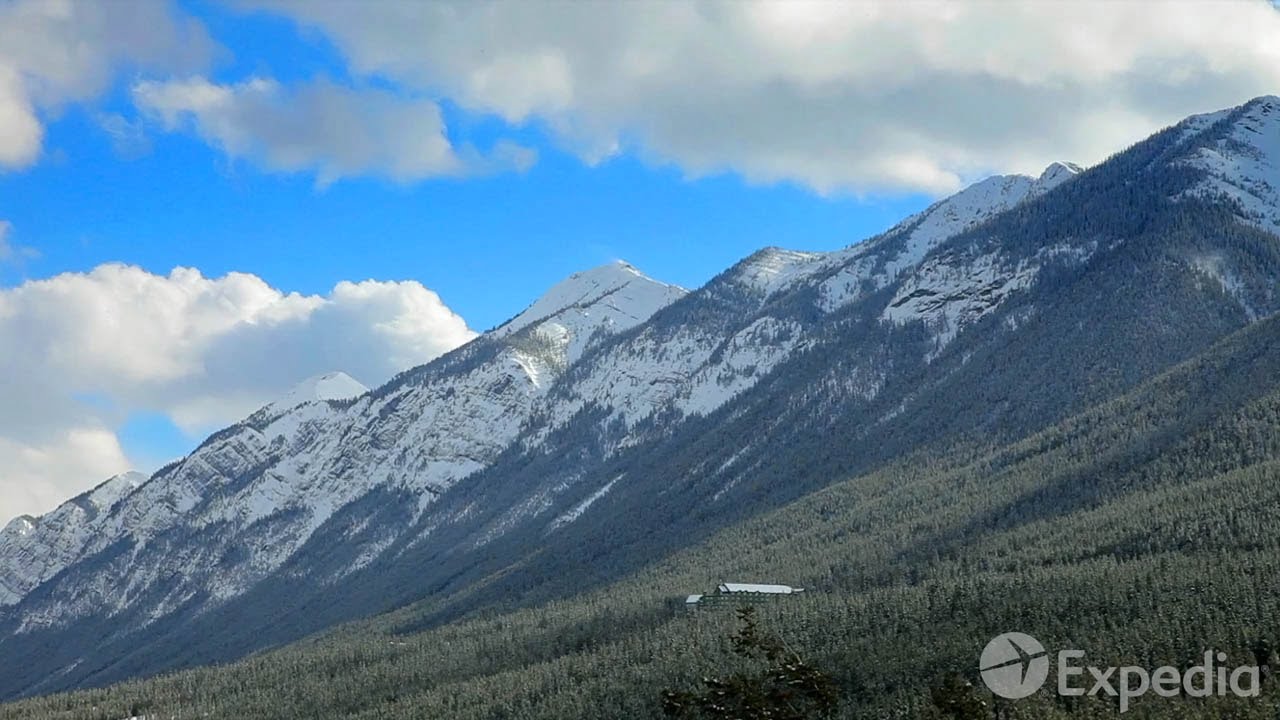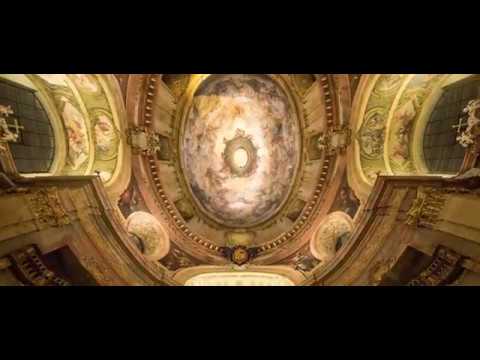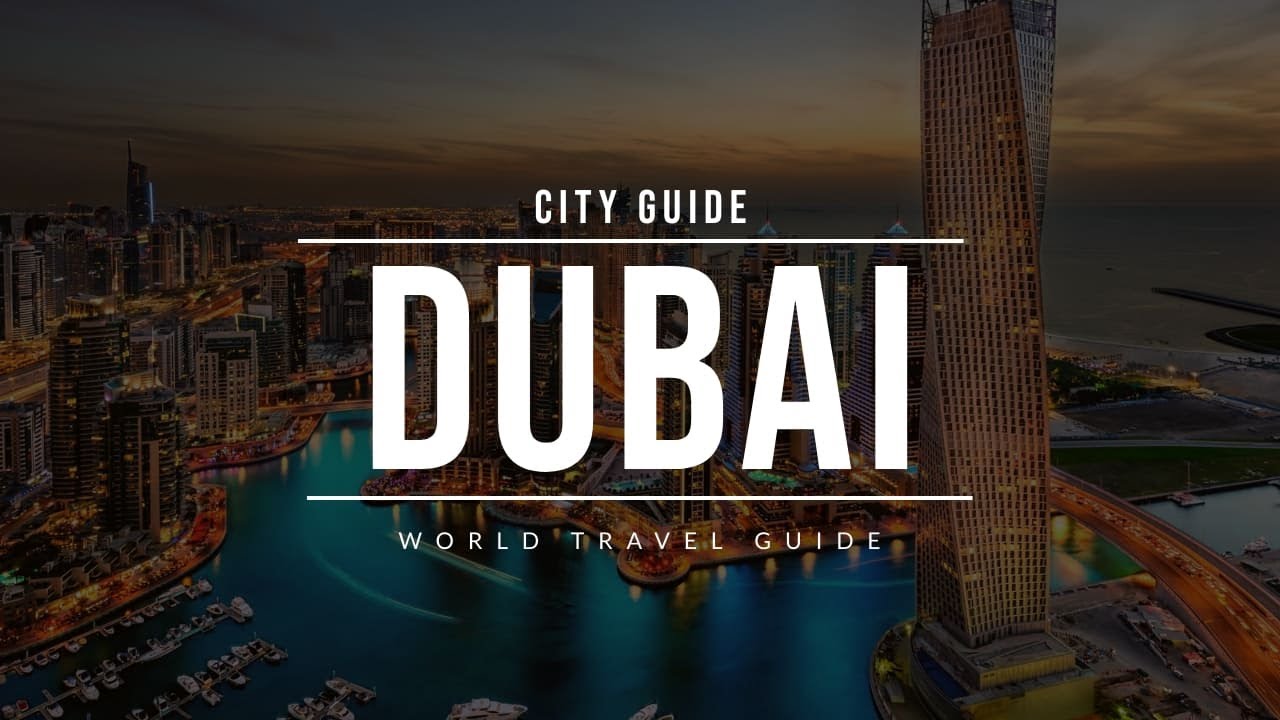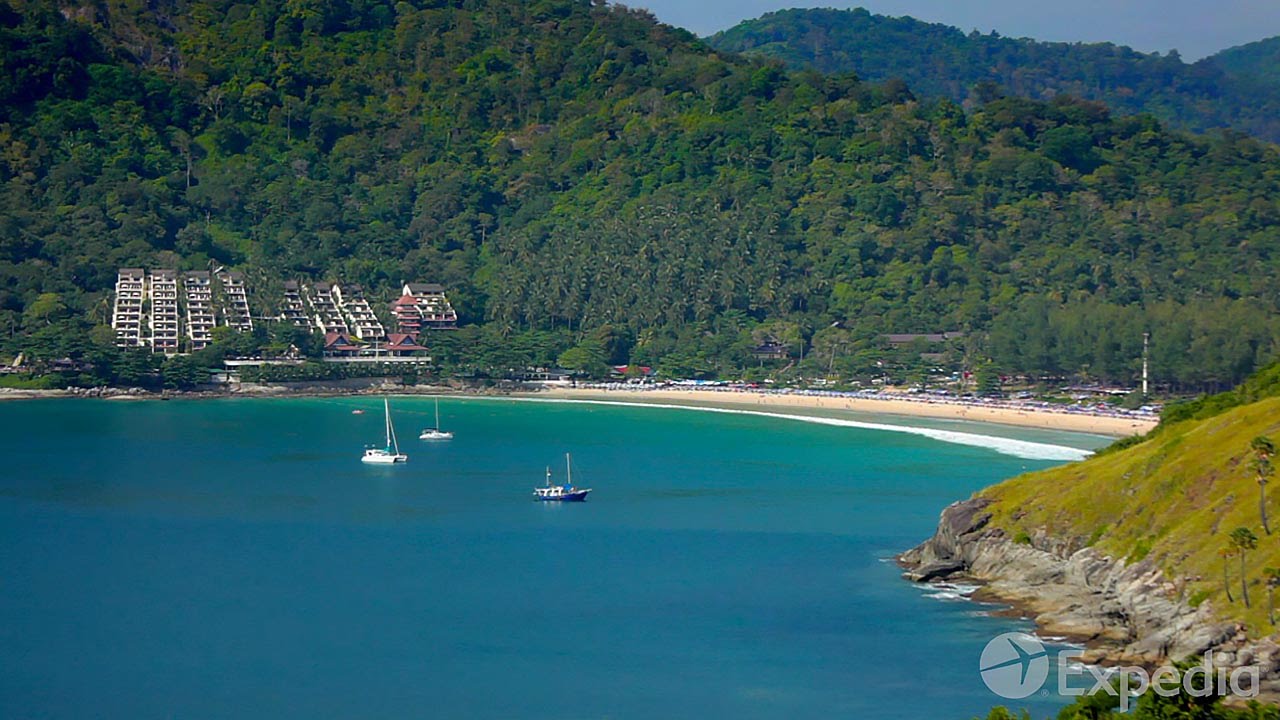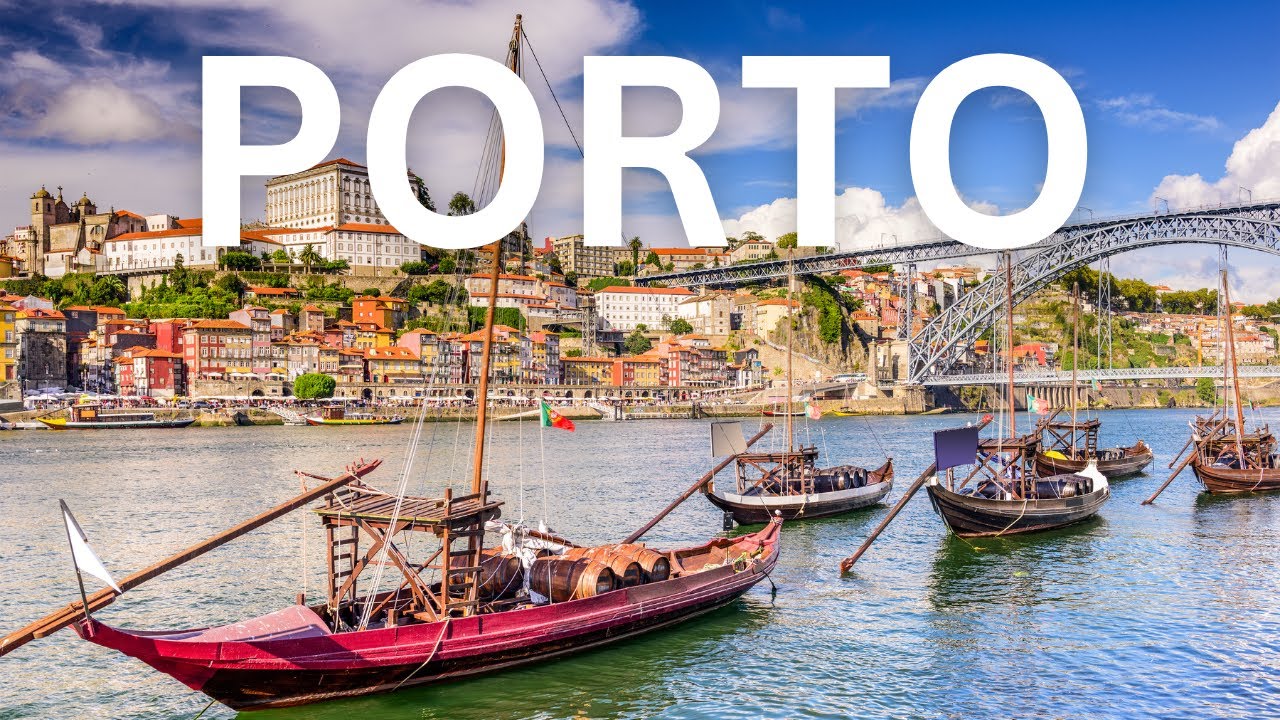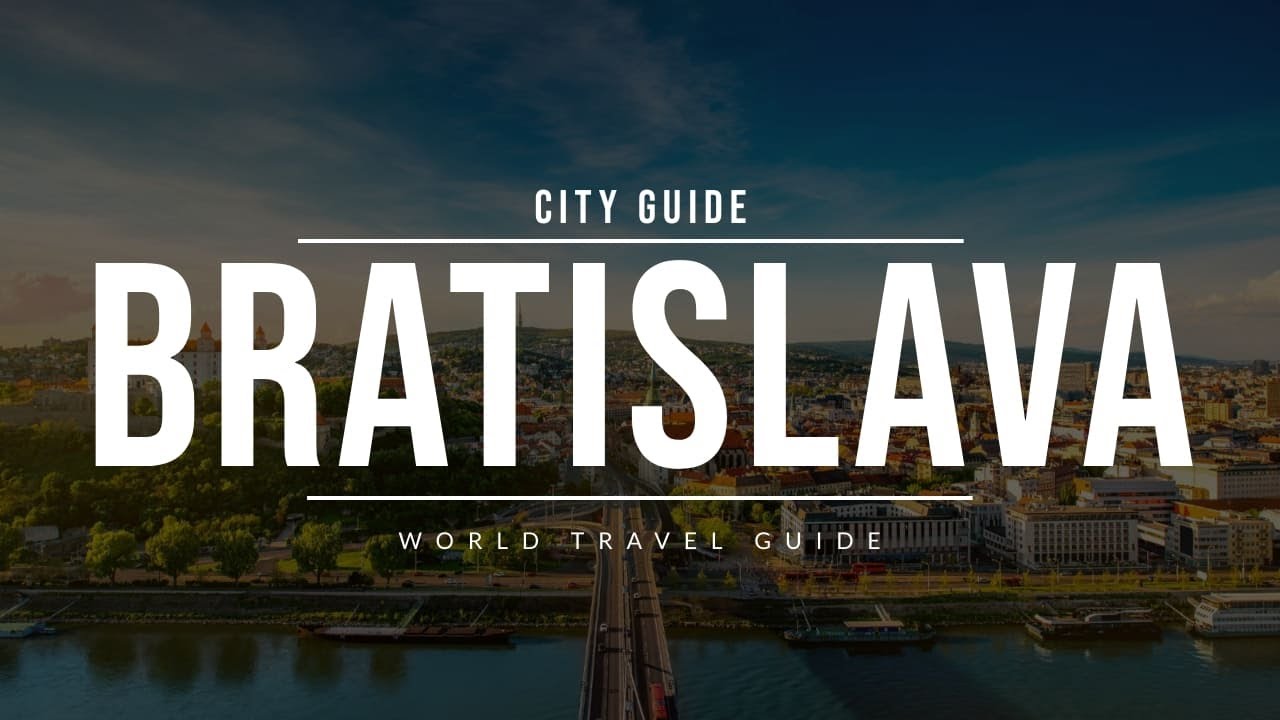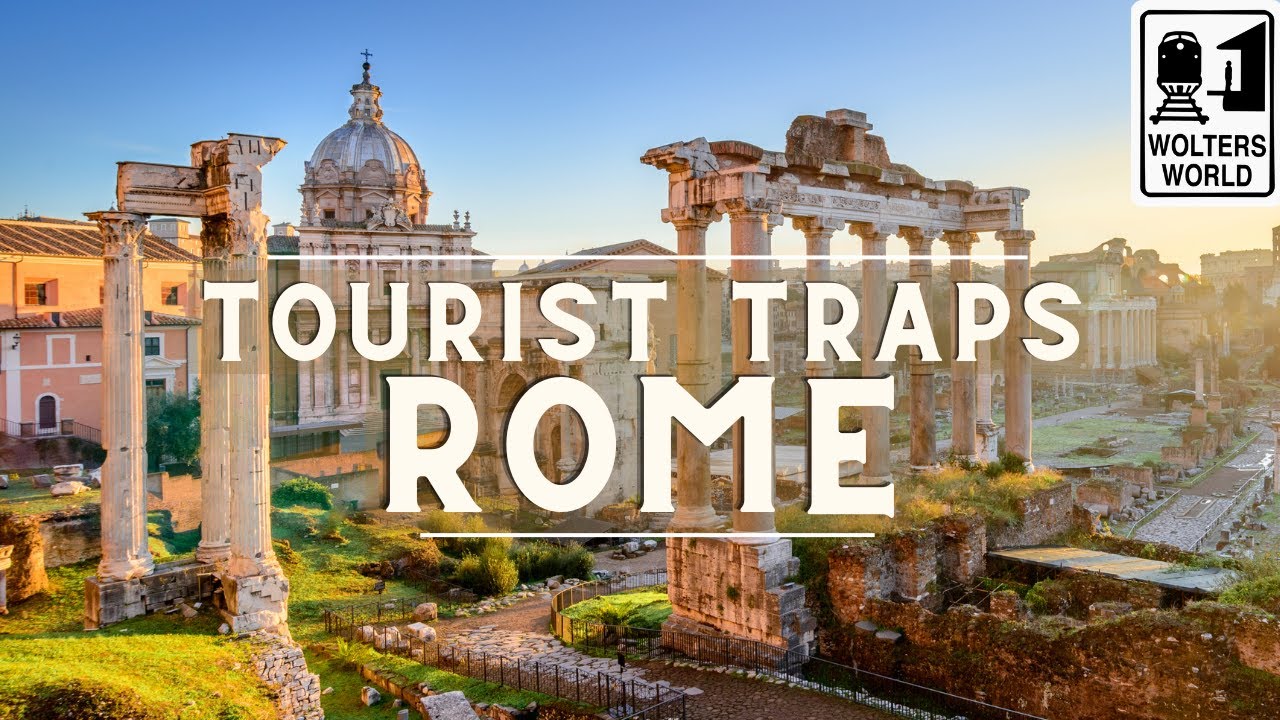The French Riviera (Cote d’Azur) is the Mediterranean coastline of the southeast corner of France.
The French Riviera, also known as Cote d’Azur, is one of the most iconic travel destinations on the planet. In this Ultimate Travel Guide we will visit all towns on the French Riviera, from Menton on the east all the way to Toulon on the west. But before we start, here are some
Interesting facts about the Cote d’Azur! The French Riviera is the Mediterranean coastline of the southeast corner of France. There is no official boundary, but it is usually considered to extend from Toulon in the west to Menton at the France and Italy border in the east.This coastline was one of the first modern
Resort areas. It began as a winter health resort for the British upper class at the end of the 18th century. With the arrival of the railway in the mid-19th century, it became the playground and vacation spot of British, Russian and other aristocrats.
The Cote d’Azur is known for its views, beaches and as a playground for the wealthy. It also has charming towns and a highly regarded art and culture scene. Situated where the Alps meet the Mediterranean, it is an area that enjoys a wonderfully mild to warm climate
Year round. This part of France is known for being one where money flows like water. An estimated 5 billion dollars is spent here each year by travelers visiting for short and long stays. The French Riviera is the second most popular holiday destination in France.
Some anthropologists predict that the Riviera will eventually supersede Paris in popularity in quite a short space of time. Menton is a beautiful town, close to the Italian border. It has always been a frontier town. For centuries, Menton formed the border between Provence and Genoa. It was Italian until the
Disputed French plebiscite of 1860, when it was added to France. It had been always a fashionable tourist center, with grand mansions and gardens. Its temperate Mediterranean climate is especially favorable to the citrus industry, with which it is strongly identified.
Monaco is probably the most prominent place on the Cote d’Azur. An independent state in the heart of Europe, the principality offers investors and businessmen an exceptional and secure lifestyle, while simultaneously offering them all of the advantages of an attractive
Fiscal system. With an area of 2.1 square kilometers, it is the second smallest sovereign state in the world. Its 19 000 inhabitants per square kilometer make it the most densely populated sovereign state in the world. Monaco’s chief industry is tourism and its facilities make
It one of Europe’s most luxurious resorts. Once a winter attraction, it now draws summer visitors as well to its beaches and expanded mooring facilities. Monaco has a superb marine museum and its very own opera house. It’s also home to one of the world’s most prestigious
Car races, the Monaco Grand Prix, which runs through the resort streets every year in May. Peillon is one of the most beautiful villages of the French Riviera. You’ll discover this beautiful village on an eagle’s nest on a sheer cliff. Visiting Peillon is a true journey
Back in time, with its narrow winding streets crossed by vaulted passageways and wide staircases. The tall stone-built houses stuck together in circular fashion, seem to be literally carved out of the rock face. Eze is a beautiful hilltop medieval village in the south of France, between Monaco and
Nice. The village is famous for its spectacular views, impressive architecture and stunning geographical location above the Cote d’Azur. High on its rocky perch, this picturesque village with its winding alleys and stocky stone houses is best explored via the nietzsche path, which
Was named for the German philosopher, who once lived here. The steep hike along this path, which links the town to its lofty summit, is worth it to admire the medieval fortress, featured in Hitchcock’s classic ‘To Catch a Thief’. me
Beaulieu-sur-Mer is a seaside town located at only 10 kilometers from Nice. It is nestled in the heart of lush vegetation, surrounded by palm trees. With its superb light and warm temperatures for most of the year, Beaulieu-sur-Mer is one of the most delightful spots on the
Cote d’Azur. You can relax on the sandy beaches and soak up the sun, or go swimming in the sea. If you prefer to be more active, you can go water skiing or wind surfing, and boats can even be hired for tuna fishing trips. Formerly, the resort was frequented by the international
Elite and enjoying a special aura. Today, one can still find traces of this illustrious past, with the presence of luxurious properties or beautiful gardens. Only 1 kilometer south of Beaulieu-sur-Mer, lies Saint-Jean-Cap-Ferrat. Strewn with beautiful villas and magnificent lush gardens, it’s one of the Riviera’s most picturesque spots. Once
Favored by the european aristocracy, this pretty peninsula is home to countless striking bits of architecture. One remarkable villa that’s open to public is the Rothschild Villa, built for Beatrice Ephrussi de Rothschild. Villefranche-sur-Mer is a picturesque old town founded in the early 14th century. Its
Famous ancient Saint-Pierre chapel was entirely decorated by the french 20th century writer and artist Jean Cocteau. The citadel was built in 1560 under the rule of the duke of Savoy. the town overlooks a beautiful roadstead, that is well sheltered and is often used by naval
And cruise vessels. Tourism dominates the local economy and there is a yachting harbor and a small fishing port. Nice is the largest city on the French Riviera and the second largest French city on the Mediterranean coast. Because of its historical importance as a winter resort town for the
European aristocracy and the resulting mix of cultures found in the city, UNESCO proclaimed Nice world Heritage Site in 2021. The city has the second largest hotel capacity in the country and it is one of its most visited cities, receiving 4 million tourists every
Year. The Paillon river separates the new town to the west from the old town, the harbor and the commercial district to the east. The old town, with narrow winding streets, stands at the western base of a granite hill, known as Le Chateau, although the castle that used to
Crown it was destroyed in 1706. The harbor began in 1750 and extended after 1870, is now used primarily by ferry services to Corsica and by sailing craft. Nice has a long history of tourism, both in summer and winter, and it is one of the city’s principal economic activities.
Apart from the beaches and yachting harbor, tourism is stimulated by the cultural facilities, shops and architectural heritage. Business tourism is also of considerable importance, based on the Acropolis Congress Center and associated exhibition halls. In addition, numerous events and festivals are organized each year, notably the carnival of Nice, which dates from
1873, but also including the open tennis tournament. Cagnes-sur-Mer is a beautiful small town on the Cote d’Azur. Tt stretches along a cove, offering nearly four kilometers of beach and is surrounded by hills, including that of the castle, which rises to 90 meters above sea level. Cagnes-sur-Mer was the last home of
Impressionist painter Pierre-Auguste Renoir and his estate can be visited, along with a collection of 11 of his paintings and some other works by well-known artists in the Renoir Museum. The town’s main beach is a pebble beach and a large part of it is freely available
To the public. Cagnes-sur-Mer is also known for its horse racing venue, the Hippodrome de la Cote d’Azur. Saint-Paul-de-Vence is probably the loveliest of the perched villages you’ll find in the south of France. This sweet little village became a magnet for artists and art lovers
In the 1920s, when a group of impressionist painters rediscovered this worn down town. Today, Saint-Paul-de-Vence is one of the Cote d’Azur’s most famous treasures and one you should definitely visit. It’s a very easy day trip from Nice, and because it’s small it doesn’t
Take long to visit. The village is filled with quaint stone structures and narrow flowery paths. People live and work here and their shops and homes are built within these stony hillsides. It’s just an ordinary village for them, but for you it will be a step back in time.
The ancient walled town of Antibes is one of the liveliest and prettiest on the French Riviera, with its relaxed beachy feel, thriving super yacht port and gorgeous old town of narrow cobbled streets, markets and cafes. Famous for being home to the Spanish painter Pablo Picasso, Antibes certainly saw its fair share of glamour
And a touch of the avant-garde through the 20th century. Of all the seaside towns of the Cote d’Azur, Antibes is probably the most instantly recognizable, thanks to its iconic skyline, made up of a wonderful jumble of old buildings, sitting on the high ramparts above the sea,
Dominated by the tower of the Picasso Museum rising above. Juan-les-Pins is situated west of Antibes on the western slope of the ridge, halfway to the old fishery village of Golf Juan. This charming little town is a major holiday destination
On the French Riviera, popular with the international jet set with awesome nightclubs and beaches, but also palaces, villas and luxury hotels facing the Mediterranean. Since the end of World War II, Juan-les-Pins has established itself as the place to be for Jazz fans, and has hosted
Famous artists like Ella Fitzgerald and Duke Ellington. Even today, the big names in Jazz performe there in July during the Jazz a Juan festival. Cannes is known for its association with the rich and famous, its luxury hotels and restaurants,
And for several conferences. But the first thing that comes to mind is of course the Festival de Cannes, World’s most famous film festival. La Croisette is the waterfront avenue with palm trees. It is known for picturesque beaches, restaurants, boutiques and luxury hotels.
The old town provides a good view of La Croisette. Tourism is the city’s main source of revenue. There is an international market for flowers, especially mimosa, which has flourished in the region since its introduction from Santo Domingo in 1835. Just 15 kilometers away from Cannes, Grasse is
A breath of fresh air in a verdant setting of mountains, forests and caves. The tanning of leather had been the city’s main activity in the middle ages, until it reached its peak in the 17th century. With the concept and then
Growing popularity of perfumed gloves, this period saw the birth of the perfume industry. In the 19th century, Grasse became the world perfume capital and a big tourist destination. Today, the industry with its 30 perfume factories remains discreet, but three manufacturers open
Their doors to you and offer free guided tours. Grasse is easily accessible by train, since it has a train station with regular service from Cannes, Nice and Ventimiglia. Saint-Raphael is a lively seaside resort with well-maintained beaches and a small harbor,
Standing in the shadow of the forested hills of the Massif des Maures. It has a resident population of 35 000 people, which increases dramatically in the summer months, as Saint-Raphael is a popular holiday destination on the Cote d’Azur with all types of accommodation and good transport
Links. With 30 beaches to choose from, offering all kinds of aquatic sports, and a coastal footpath leading to the volcanic mountain range of the Esterel Massif, visitors to Saint- Raphael have an exceptional choice of leisure activities to explore. This seems like the
Perfect place to enjoy the scenic wonders of the French Riviera, and to enjoy the Mediterranean way of life. Frejus is an ancient military port and Roman city. This has been an active and dynamic city since Julius Caesar himself founded it in 49 BC and right up to the present, with the
French navy often at shore here. The city is filled with monuments, including one of the largest amphitheaters from Gaelic times and a Roman theater. This place also hides a tragic story: On the night of December 2nd 1959, when the village was sleeping peacefully, the foundations
Of the Malpasset Dam broke, causing the death of more than 420 people. Today, it is possible to go there to see the ruins of the Malpasset Dam. Sainte-Maxime is located on the northern shore of the Gulf of Saint-Tropez. It was founded
Around 1000 AD by monks, who built a monastery here. Fishing was the economic mainstay for the inhabitants, but during the early 19th century, increasing amounts of lumber, cork, olive oil and wine were shipped to Marseille and Italy. Today, tourism is the largest source
Of revenue for saint-Maxime. With the beautiful clear waters of the Mediterranean to the south, and the Maures mountains to the north, this charming little town has breathtaking views in every direction. Saint-Maxime is a family oriented place and recent developments included a new
Cultural center, with a cinema and activities for both children and adults. Saint-Tropez is one of the best known towns on the Cote d’Azur. It was a military stronghold and fishing village until the beginning of the 20th century. Saint-Tropez was the first
Town on its coast to be liberated during world war II, as part of operation Dragoon. After the war, it became an internationally known seaside resort, renowned principally because of the influx of artists of the French New Wave in cinema, and the Ye-Ye movement in music.
It later became a resort for the European and American jet set and tourists. During the summer, visitors enjoy strolling around the harbor, admiring a luxurious array of sailboats and yachts. At this time of year, it’s lively every day and night, and the village center
Is always busy with its restaurants, designer boutiques, cafes and nightclubs. Le Lavandou is located at the foot of the Massif des Maures, between Toulon and Saint-Tropez. Enjoying the famous mild and dry climate with nearly 300 days of sunshine a year, the Lavandou Bay
Extends in a green setting over more than 12 kilometers along the Mediterranean. Formerly a small fishing port, Le Lavandou is today an important tourist destination, with a vast marina and fishing port. With no less than 12 beaches, 12 real jewels of fine sand carefully
Maintained and supervised, Le Lavandou is one of the most beautiful seaside resorts on the French Riviera. Hyeres is the oldest and most southerly resort and spa on the French Riviera. The town began to gain repute as a health and winter tourism resort in the 18th century, sheltered from
The Mistral, a violent, cold and dry northerly wind that blows in the region. It lies beneath a hill, on the slopes of which the old feudal town is located. The city and its peninsula offer 39 kilometers of non-concrete coasts, made of sandy beaches and wild rocky coves.
Nature is very present here, with a remarkable coastline and islands classified and protected as part of the Port-Cros National Park. Tourists come to Hyeres to enjoy its beaches and the many water sports available, but also for the beauty of its landscapes and the charm of
The hinterland. Its position facing the Mediterranean to the south, makes it ideal for the cultivation of palm trees. About 100.000 trees are exported from the area each year. Porquerolles is an island located south of Hyeres. It is the largest and most westerly of the
Three Hyeres islands. It is about 7 kilometers long and 3 kilometers wide, with five small ranges of hills. The south coast is lined with cliffs, and on the north coast are the port and some beautiful beaches. The island’s village was established in 1820, with its lighthouse
Constructed in 1837 and church in 1850. The entire island was purchased in 1912 by Francois Joseph Fournier, apparently as a wedding present for his wife. In 1971, the state bought 80 percent of the island to preserve it from development. Much of the island is now part of the Port
Cros National Park and nature conservation area. Since 2010, the island also hosts a Jazz festival each summer. The city of Toulon was built on the banks of the Mediterranean. Sheltered by limestone cliffs, its position allowed for the building of many ports. It is the warmest and most sunny
City in France, with a subtropical climate. The only disagreeable factor is the strong wind, which can blow more than 115 days a year on average. although Toulon is the largest city of the Var region, its coast has maintained all of its original charm, with unspoiled shores,
Footpaths and gardens abounding with Mediterranean vegetation. Toulon is an important center for naval construction, fishing and the manufacture of aeronautical and electronic equipment. Cassis is a little seaside resort, snuggled at the foot of a very tall cliff. Located in
The heart of the Calanques National Park, Cassis offers visitors a glimpse of life in a quaint fishing village. Hop on a sightseeing boat, to experience the Cassis Calanques by water, or enjoy the turquoise coastline from a pebble beach. There’s much to explore by
Foot too. You can admire the pastel colored houses lighting the picturesque harbor, drift into the village’s charming shops and cafes, and take in the scenic views of the French Riviera from the many vantage points along the way. Considered by climbing enthusiasts
As a must-see site, the creeks offer all kinds of walks, from the most tranquil to the most difficult. 160 kilometers of trails are marked. Generally speaking, the best time to visit the French Riviera is during the late spring to early fall. Spring brings warmer temperatures ideal for coastal walks, and perhaps a dip
In the sea, plus the return of green cliffsides, lush blooms and foliage. In the summer, balmy conditions draw crowds to the Riviera’s many Mediterranean beaches and boardwalks for swimming, boating, sunbathing and water sports. For those who don’t mind large crowds, summer on the
French Riviera is usually considered the best time of year to plan a trip. For those who prefer quieter, less crowded conditions or are hoping to lock in lower fares, spring or early fall might be a better choice. The busiest period to visit is generally between late May and late September, when hundreds
Of thousands of vacation goers flock to the coastal region. It’s easy to guess that rates for hotels, flights and tours are generally higher at this time of year. That’s why we recommend booking your trip well in advance, ideally at least six months ahead of time.
Occasionally though, you can find last minute deals on flights and hotels for certain destinations on the Cote d’Azur. The Nice airport is the main hub for the French Riviera, and the second busiest international airport in France after Paris. The A8 motorway or La Provencale, connects Nice to Aix-En-Provence
In the west, and the Italian border in the east. The 950 kilometers drive from Paris to Nice takes about 8 hours. The rail system links the French Riviera to other destinations throughout France, as well as major European cities. From Paris, it’s about a five and a
Half hour ride to Nice on the high-speed train. If you plan on staying in just one spot like Nice or Cannes, don’t worry about renting a car. These towns are pedestrian friendly, so you can walk almost anywhere or easily hop a train
Or bus to a nearby village. Plus, traffic in and out of Cannes and Monaco is notoriously bad, and parking spaces are tough to find. Major department stores and grocery shops may be open Sundays, but most of the smaller boutiques and markets are closed. The same goes for restaurants,
Which may also be closed Mondays. Museums in France are typically closed either Mondays or Tuesdays. Most of the private beaches shut their doors in October or November, packing up for the season. 30 beaches across the Cote d’Azur however, remain open year round.
Which town on the Cote d’Azur would you love to visit? Let us know in the comments! If you loved this video, hit the Like button and subscribe to World Travel Guide. You should also check out other great videos and playlists on our channel.


